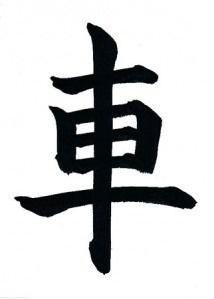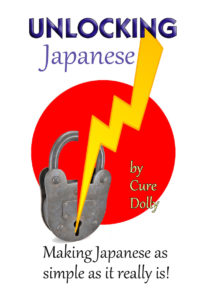 Cure Tadashiku: Unlocking Japanese isn’t just another book about Japanese. It is a breakthrough in how people can learn the language.
Cure Tadashiku: Unlocking Japanese isn’t just another book about Japanese. It is a breakthrough in how people can learn the language.
Cure Dolly: Thank you. It’s kind of hard to say that sort of thing about your own work. Everyone thinks her book is important, after all.
But I do think that objectively we have done something here that badly needed to be done and has never been done before.
Cut to the chase! Buy Unlocking Japanese now!
And that is, simply to explain what Japanese sentences mean, rather than what they would mean if they were English sentences.
By doing this we can cut out endless confusions and false complications. We can cut out all kinds of apparent “exceptions” and things you “just have to learn”.
Japanese is very, very regular and fundamentally a surprisingly simple language. But you do need to look at it through its own “Japanese” eyes, not through the eyes of English.
Cure Tadashiku: And that is where all the standard textbooks go wrong.
Cure Dolly: That’s right.
Cure Tadashiku: Because they are trying to make things simpler for their readers in the early stages?
Cure Dolly: Partly that, but mainly because up to now there has been no model for understanding Japanese that doesn’t lean heavily on English and European grammatical concepts. These concepts don’t fit Japanese well, so they create all kinds of unnecessary complications. By looking at Japanese as Japanese we can cut through most of them quickly and easily.
I suspect that not only does European grammar not fit Japanese, but the fact that early interpreters of Japanese grammar to Europeans were using methods related to European languages also created an expectation of and tolerance for a lot of irrational exceptions that you “just have to learn”. Because European languages really are full of them. Japanese isn’t.
European languages really do have pages and pages of irregular verbs that don’t work the same as other verbs. Japanese famously has just two irregular verbs – kuru and suru – actually a few more if you count minor irregularities, but very few. And that regularity continues throughout Japanese even in places where Europeans have been unable to see it up till now.
Most European languages other than English have “grammatical gender” which calls every object in the world masculine or feminine (some languages, like German, have more than two genders). These genders add nothing whatever to our understanding of the word, but every one “just has to be learned”.
So when Europeans tried to explain Japanese in terms of European grammar and found places that don’t fit or that are plain irrational, they said “Oh, these must be arbitrary rules you need to learn. All languages are full of those.” But all languages aren’t full of them. Japanese isn’t.
If we understand Japanese as Japanese, it is very, very regular. The problem is that there has been no model up to now for explaining Japanese as Japanese.
Cure Tadashiku: The model wasn’t entirely your doing, was it?
Cure Dolly: No. I owe a huge debt to Dr. Jay Rubin whose work introduced me to some key concepts on which this book is built. What we have done is to take the implications of what he taught and expand them much further.
Rubin-sensei showed how every Japanese sentence has a grammatical subject, whether you can see it or not, how the wa particle never marks the grammatical subject (even when it might appear to), and how the invisible subject works. All this is explained in I Am Not an Eel.
Progressing from I Am Not an Eel, we can draw many other conclusions that follow logically. For example, the fact that there is not only always a subject (which may be invisible) but also that it is always marked by the ga-particle (though obviously that may be invisible too).
From here we are in a position to solve many of the apparently exceptional problems of Japanese. We can see things like what a logical particle is, why the so-called “passive” isn’t actually passive at all and works just like the rest, and why “conjugation” isn’t actually the right word for much of what gets called “conjugation” in the West.
This, for example, solves the problems contained in sentences like
クレープが食べたい
Creepu ga tabetai
usually translated as “I want to eat crepes”
Which have led one very prominent writer to state that there is no grammatical subject in Japanese, which essentially destroys our ability to understand the language.
Even without going so far as this writer, I would say that most learners are confused about how particles work by these apparent illogicalities. And particles are the lynchpins of the language. Misunderstanding them gives the whole language a foggy “voodoo” feeling – essentially because it is being explained as if it were a European language when it isn’t.
In fact there is nothing illogical at all about these sentences – or much else in Japanese – once you can actually see how it works. It all runs in a beautifully understandable and predictable way, all the time.
I know these issues sound a bit complicated when I try to put them briefly here…
Cure Tadashiku: But it isn’t complicated. That’s the whole point. It is the European approach that gets complicated. In the book you explain it very simply, step by step, with very little special terminology. I think anyone can pick up the basis of Unlocking Japanese in an evening, and that evening will be paying off for the rest of one’s Japanese life.
Cure Dolly: Thank you.
Cure Tadashiku: But to ask a tougher question: what would you say to someone who asks, “But how can you say you’ve got Japanese right when everyone else has gotten it wrong?”
Cure Dolly: Put simply, I don’t think there is any such thing as “right” or “wrong” in grammar. Grammar isn’t a set of rules by which people speak. It is an attempt to describe what is happening when they use (a particular) language.
European grammar isn’t “wrong” when applied to Japanese. It is just not the most efficient way to describe it and it creates artificial exceptions.
So the test of any model for describing Japanese is “how well does it work?” What we have done in Unlocking Japanese is provide a model that works very regularly and throws up almost no exceptions as compared to the “Europeanized” model.
That is because we were looking at Japanese on its own terms and not as if it were “English gone a bit wrong”. Whether this is the “correct” model is, I think, a meaningless question. The point is that it works more efficiently and leads us to seeing Japanese as far as possible from within, rather than through foreign glasses.
It’s a bit like riding one of the first bicycles that had no gearing (that is why the front wheel was so huge) and then a geared bicycle. It isn’t that one is right and one is wrong. It is that one has looked at the other one, seen where it was inefficient, and found a way to do the job better.
That’s what is meant by a breakthrough and why I think we really can call this book a breakthrough.
Cure Tadashiku: So do you think Unlocking Japanese will eventually revolutionize Japanese learning and teaching in schools and elsewhere?
Cure Dolly: I don’t know. Dr. Rubin’s work has been quite influential, but I don’t think it has actually revolutionized teaching. The textbooks don’t, for the most part, take his ground-breaking insights into account. We have gone a lot further in Unlocking Japanese, so perhaps we have even less chance of being taken up on a general basis.
I do think, because what we do in Unlocking Japanese actually, and quite unarguably, works, that it will become more widespread over the next decade or so. Whether it will force open the ironbound doors of academia, I don’t know. That wasn’t really my aim (though it would be nice).
My aim was to provide a clear and easy path for self-learners (and others) into the beauty and simplicity of Japanese grammar.
I am not trying to replace grammar textbooks (though I have my own views on how to use them) but to give the “walkthrough” that makes real sense of them.
Cure Tadashiku: And that you have done.
Cure Dolly: Thank you.



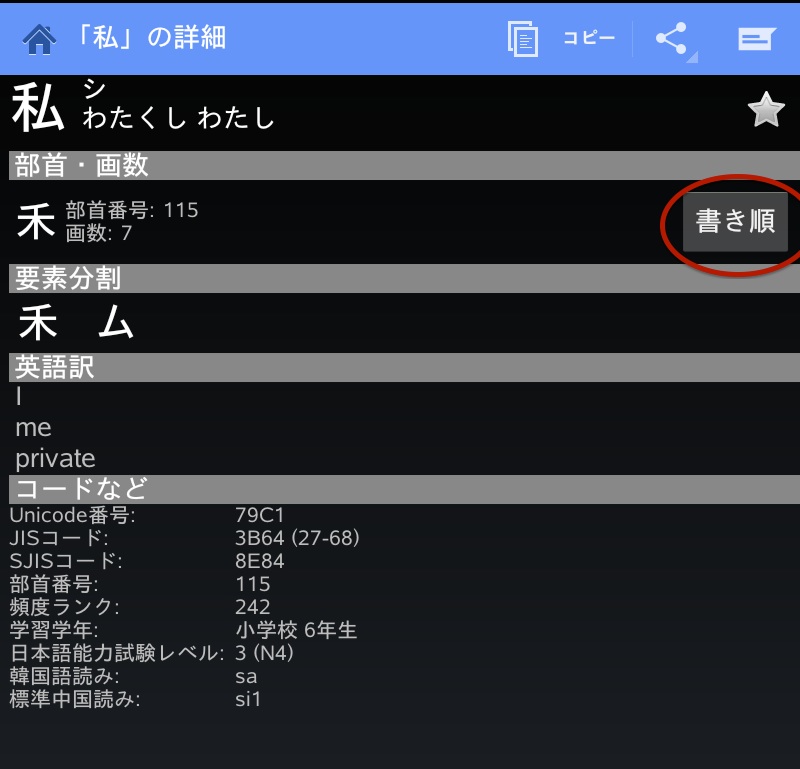
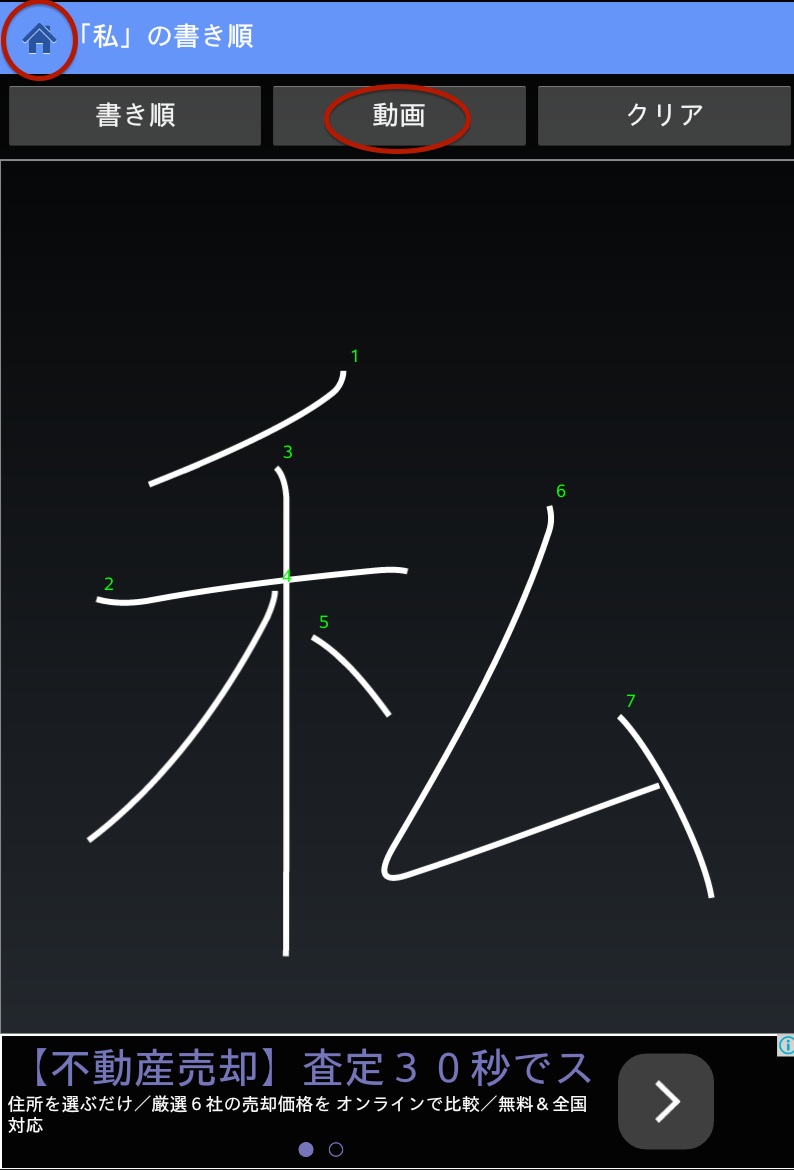
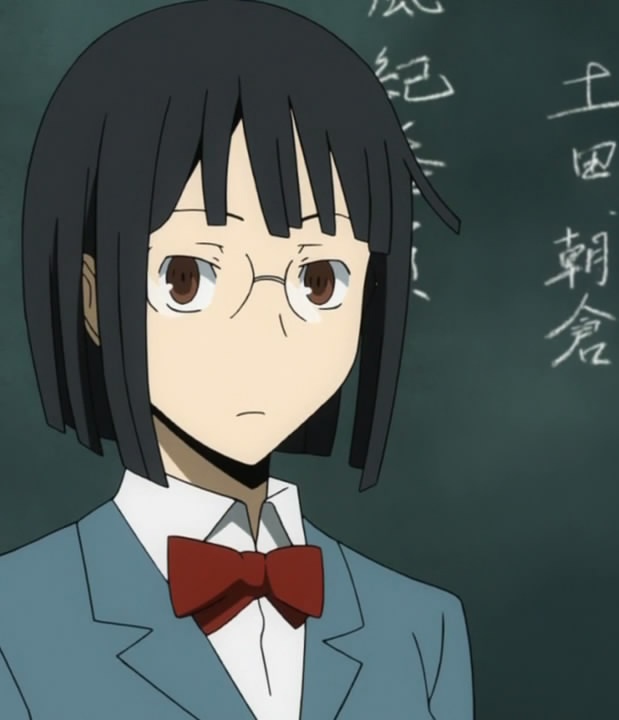 Miss Geneviève Falconer once said: “Most English-speaking people would benefit immensely from learning a first language”. The witticism is apt and much appreciated, but in my case it is more literal than it was ever intended to be.
Miss Geneviève Falconer once said: “Most English-speaking people would benefit immensely from learning a first language”. The witticism is apt and much appreciated, but in my case it is more literal than it was ever intended to be.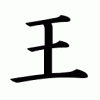 The traditional explanation of the kanji for “monarch”[right], for example, is that of the joining of the three worlds of Heaven, Earth and Humankind. But really anyone conversant with the traditional concept of monarchy would hardly need to be told this any more than she would need to be told that a circle with two dots for eyes and a line for a mouth meant “face”.
The traditional explanation of the kanji for “monarch”[right], for example, is that of the joining of the three worlds of Heaven, Earth and Humankind. But really anyone conversant with the traditional concept of monarchy would hardly need to be told this any more than she would need to be told that a circle with two dots for eyes and a line for a mouth meant “face”. Suppose some scholar were to tell you that the “kanji” to our left – which means face – was actually not originally a depiction of a face, but of a shirt button with holes for the thread.
Suppose some scholar were to tell you that the “kanji” to our left – which means face – was actually not originally a depiction of a face, but of a shirt button with holes for the thread.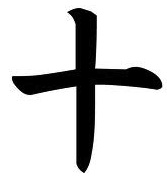 To take one more example, we are asked to believe that the kanji number ten (juu) is unrelated to the essential symbolism of the cross and is merely an “accidental” simplification of an earlier form, influenced by the kanji for a sewing needle.
To take one more example, we are asked to believe that the kanji number ten (juu) is unrelated to the essential symbolism of the cross and is merely an “accidental” simplification of an earlier form, influenced by the kanji for a sewing needle.





